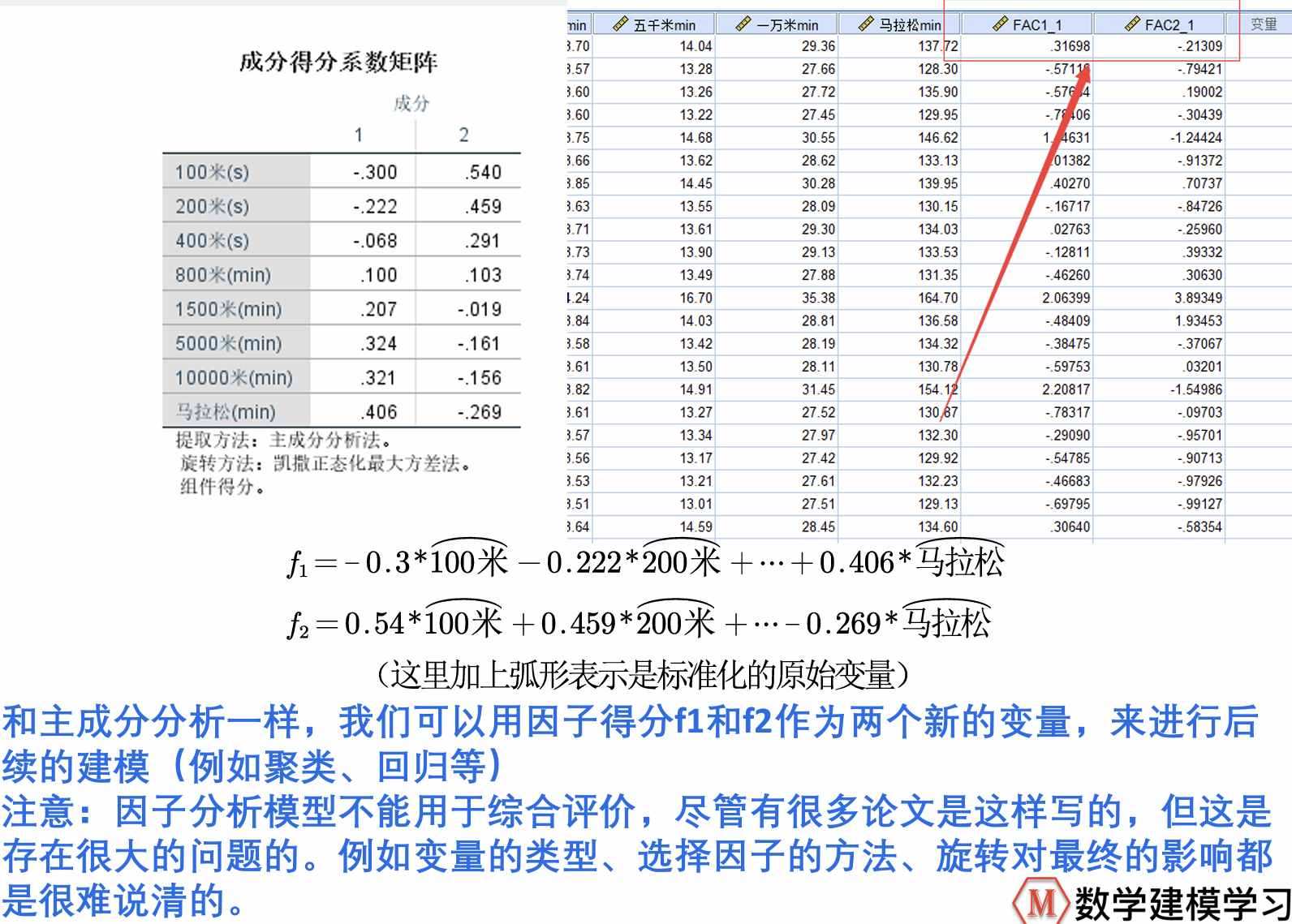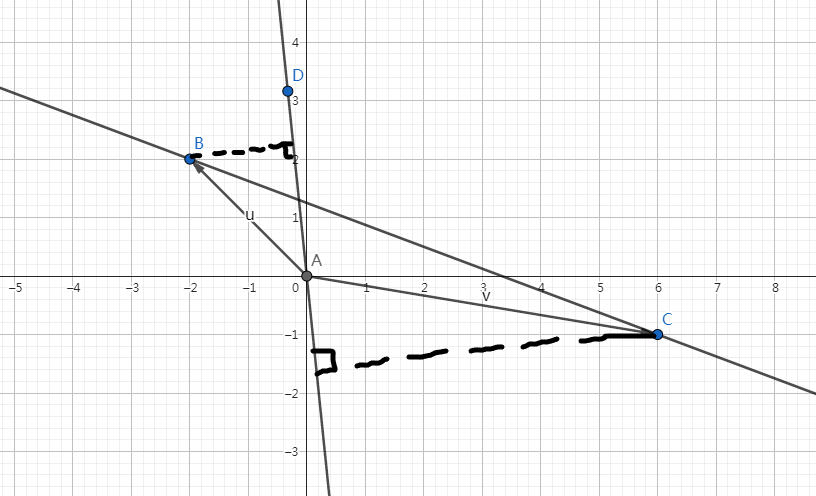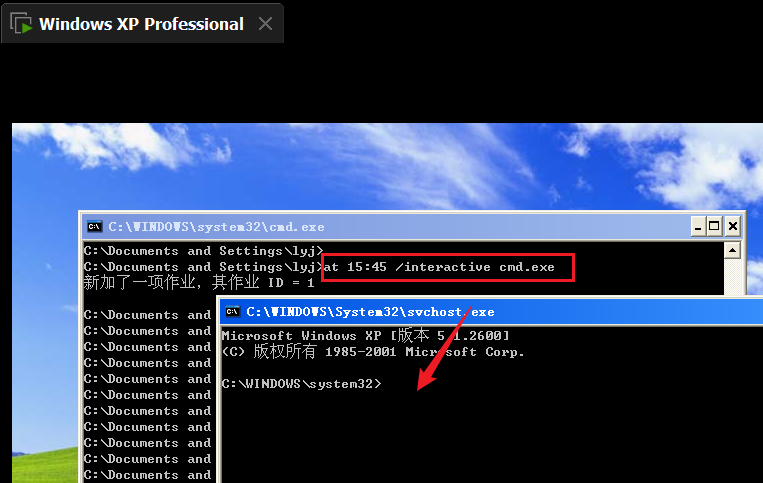最近用到一些简单的地理位置查询接口,基于当前定位获取用户所在位置信息(省市区),然后基于该信息查询当前区域的......提供服务。
然后就自己研究了下GIS,作为一个程序员。自己能不能实现这个功能呢?答案当然是可以。立即开干。
思路:找到数据,写入数据库,利用Elasticsearch强大的搜索能力和丰富发热GIS数据处理能力实现。
GIS相关专业信息参考(bd上找到,还算专业):程序员GIS入门|前后端都要懂一点的GIS知识
经过一番寻找,“功夫不负有心人”,在网上找到了锐多宝 数据,比较完整。下载下来,格式是shape格式。
第一步:下载数据,从锐多宝下载

第二步:写python脚本预处理数据:ShapFile 转 GeoJSON,ES处理GeoJSON比较强
import geopandas as gpd
# 读取 Shapefile
shapefile_path = 'D:/data/gis/2023年_CTAmap_1.12版/2023年省级/2023年省级.shp'
gdf = gpd.read_file(shapefile_path)
# 检查 GeoDataFrame
print(gdf.head())
# 如果需要,可以对数据进行预处理,比如过滤、选择特定列等
# gdf = gdf[['column1', 'column2', 'geometry']]
# 将 GeoDataFrame 转换为标准的 Pandas DataFrame (如果需要的话)
df = gdf.drop('geometry', axis=1).join(gdf['geometry'].apply(lambda x: gpd.GeoSeries(x).to_json()))
# 将 Pandas DataFrame 导出为 JSON 文件
output_json_path = 'D:/data/gis/2023-province-GeoJSON.gesjson'
# df.to_json(output_json_path, orient='records')
# 如果你想保留 GeoJSON 格式,可以直接保存 GeoDataFrame
gdf.to_file(output_json_path, driver='GeoJSON')

第三步:利用Python脚本将GeoJSON写入Elasticsearch
from elasticsearch import Elasticsearch from elasticsearch.helpers import bulk import json# 连接到 Elasticsearch es = Elasticsearch("http://localhost:9200")# 检查连接 if not es.ping():raise ValueError("Connection failed")# 删除旧索引(如果存在) if es.indices.exists(index="province2023_geoshape_index_001"):es.indices.delete(index="province2023_geoshape_index_001")# 创建索引并定义 Mapping mapping = {"mappings": {"properties": {"location": {"type": "geo_shape"},"name": {"type": "text"}}} }# 创建索引 es.indices.create(index="province2023_geoshape_index_001", body=mapping)# 读取 GeoJSON 文件 with open("D:/data/gis/2023-province-GeoJSON.gesjson", "r", encoding="utf-8") as file:geojson_data = json.load(file)# 提取 GeoJSON 特征集合 features = geojson_data.get("features", [])# 准备数据以供导入 documents = [] for feature in features:doc = {"location": {"type": feature["geometry"]["type"],"coordinates": feature["geometry"]["coordinates"]}}if "properties" in feature:doc.update(feature["properties"])documents.append(doc)# 定义批量大小 batch_size = 100 # 每次批量导入的数量# 准备 actions def generate_actions(documents):for doc in documents:yield {"_index": "province2023_geoshape_index_001","_source": doc}# 分批执行批量导入 for i in range(0, len(documents), batch_size):end = min(i + batch_size, len(documents))success, _ = bulk(es, generate_actions(documents[i:end]))print(f"Bulk {i}-{end} completed, {success} documents indexed.")print("All data indexed.")
第四步:计算出每条数据的区域的中心点(扩展功能,原始数据只有polygon多边形数据)
from elasticsearch import Elasticsearch from elasticsearch.helpers import bulk import json import ssl# 连接到 Elasticsearch es = Elasticsearch("http://localhost:9200")# 检查连接 if not es.ping():raise ValueError("Connection failed")# 删除旧索引(如果存在) if es.indices.exists(index="province2023_centroid_geoshape_index_001"):es.indices.delete(index="province2023_centroid_geoshape_index_001")# 创建索引并定义 Mapping mapping = {"mappings": {"properties": {"location": {"type": "geo_shape"},"centroid": { # 新增字段"type": "geo_point"},"name": {"type": "text"}}} }# 创建索引 es.indices.create(index="province2023_centroid_geoshape_index_001", body=mapping)# 读取 GeoJSON 文件 with open("D:/data/gis/2023-province-GeoJSON.gesjson", "r", encoding="utf-8") as file:geojson_data = json.load(file)# 提取 GeoJSON 特征集合 features = geojson_data.get("features", [])def calculate_centroid(polygons):total_area = 0.0total_x = 0.0total_y = 0.0for polygon in polygons:# 现在 polygon 是一个包含多个坐标的列表centroid = calculate_simple_polygon_centroid(polygon)area = calculate_polygon_area(polygon)total_area += areatotal_x += centroid[0] * areatotal_y += centroid[1] * areaif total_area == 0:# 如果总面积为零,则返回原点作为中心点return [0, 0]else:return [total_x / total_area, total_y / total_area]# is_coordinates_list方法 # 以下结构返回True,polygon 是一个包含坐标列表的列表 # [ # [[x1, y1], [x2, y2], [x3, y3], ...], # [[x1, y1], [x2, y2], [x3, y3], ...] # 如果有内部孔洞 # ] # 以下结构返回Fasle,包含单个坐标的列表 # [ # [x1, y1], # [x2, y2], # [x3, y3], # ... # ]def is_coordinate(coord):return (isinstance(coord, (list, tuple)) andlen(coord) == 2 andall(isinstance(c, (int, float)) for c in coord))def is_coordinates_list(coords):# 检查 coords 是否是一个包含坐标列表的列表if isinstance(coords, list):if all(isinstance(c, list) and all(is_coordinate(coord) for coord in c) for c in coords):return Truereturn Falsedef calculate_simple_polygon_centroid(polygon):# 确定 polygon 的结构if is_coordinates_list(polygon):# polygon 是一个包含坐标列表的列表x_sum = sum(coord[0] for coord in polygon[0])y_sum = sum(coord[1] for coord in polygon[0])num_points = len(polygon[0])else:# print(False, polygon[0])# polygon 是一个包含多个坐标的列表x_sum = sum(coord[0] for coord in polygon)y_sum = sum(coord[1] for coord in polygon)num_points = len(polygon)# 计算平均坐标centroid_x = x_sum / num_pointscentroid_y = y_sum / num_pointsreturn [centroid_x, centroid_y]def calculate_polygon_area(polygon):# 计算简单多边形的面积area = 0.0if is_coordinates_list(polygon): # polygon 是一个包含坐标列表的列表num_points = len(polygon[0])for i in range(num_points):j = (i + 1) % num_pointsarea += polygon[0][i][0] * polygon[0][j][1]area -= polygon[0][j][0] * polygon[0][i][1]else: # polygon 是一个包含多个坐标的列表num_points = len(polygon)for i in range(num_points):j = (i + 1) % num_pointsarea += polygon[i][0] * polygon[j][1]area -= polygon[j][0] * polygon[i][1]return abs(area) / 2.0# 准备数据以供导入 documents = [] for feature in features:# 检查坐标是否在有效范围内coordinates = feature["geometry"]["coordinates"]centroid = calculate_centroid(coordinates)doc = {"location": {"type": feature["geometry"]["type"],"coordinates": coordinates},"centroid": centroid, # 添加中心点}if "properties" in feature:doc.update(feature["properties"])documents.append(doc)# 定义批量大小 batch_size = 100 # 每次批量导入的数量# 准备 actions def generate_actions(documents):for doc in documents:yield {"_index": "district2023_centroid_geoshape_index_001","_source": doc}# 分批执行批量导入 for i in range(0, len(documents), batch_size):end = min(i + batch_size, len(documents))success, errors = bulk(es, generate_actions(documents[i:end]))if errors:print(f"Bulk {i}-{end} completed, {success} documents indexed, but {len(errors)} documents failed.")for error in errors:print(error)else:print(f"Bulk {i}-{end} completed, {success} documents indexed.")print("All data indexed.")
第五步:利用elasticsearch的pipeline和reindex能力预处理数据
# geo_centroid 聚合是一种高级聚合,它可以计算一组地理位置的中心点。在 Elasticsearch 中,这个功能属于高级特性,通常只在 X-Pack(现在称为 Elastic Security 和 Elastic Observability)的许可证中可用。 # 试用30天可以体验 POST /province2023_geoshape_index_001/_search {"size": 0,"aggs": {"centroid": {"geo_centroid": {"field": "location"}}} }POST province2023_centroid_geoshape_index_001/_search {"query": {"term": {"省.keyword": {"value": "陕西省" }}} }PUT _ingest/pipeline/copy_field_pipeline {"description": "Copy the value of one field to another","processors": [{"copy": {"from": "省", "to": "province_name"}}] } GET province2023_centroid_geoshape_index_001/_mappingGET province2023_centroid_geoshape_index_001/_mappingPUT _ingest/pipeline/province_multiple_copy_fields_pipeline {"description": "Copy multiple fields to new fields and rename fields to new fields","processors": [{"set": {"field": "province_name","value": "{{{省}}}"}},{"remove": {"field": "省"}},{"rename": {"field": "省级码","target_field": "province_code"}},{"rename": {"field": "省类型","target_field": "province_type"}},{"rename": {"field": "VAR_NAME","target_field": "var_name"}},{"rename": {"field": "ENG_NAME","target_field": "eng_name"}},{"rename": {"field": "FIRST_GID","target_field": "first_gid"}},{"rename": {"field": "FIRST_TYPE","target_field": "first_type"}}] }GET province2023_centroid_geoshape_index_002/_countGET province2023_centroid_geoshape_index_002/_mapping DELETE province2023_centroid_geoshape_index_002PUT province2023_centroid_geoshape_index_002 {"mappings": {"properties": {"eng_name": {"type": "text","fields": {"keyword": {"type": "keyword","ignore_above": 256}}},"first_gid": {"type": "text","fields": {"keyword": {"type": "keyword","ignore_above": 256}}},"first_type": {"type": "text","fields": {"keyword": {"type": "keyword","ignore_above": 256}}},"var_name": {"type": "text","fields": {"keyword": {"type": "keyword","ignore_above": 256}}},"centroid": {"type": "geo_point"},"location": {"type": "geo_shape"},"name": {"type": "text"},"year": {"type": "text","fields": {"keyword": {"type": "keyword","ignore_above": 256}}}}} }POST _reindex {"source": {"index": "province2023_centroid_geoshape_index_001"},"dest": {"index": "province2023_centroid_geoshape_index_002","pipeline": "province_multiple_copy_fields_pipeline"} }GET province2023_centroid_geoshape_index_002/_search
第六步:查询数据 geo_distance
# centroid字段的type是 geo_point,存储的经纬度形式是数组Geopoint as an array # geo_bounding_box 可查找边框内的所有地理坐标点。 POST province2023_centroid_geoshape_index_002/_search {"query": {"geo_bounding_box": { "centroid": {"top_left": {"lat": 42,"lon": -72},"bottom_right": {"lat": 40,"lon": -74}}}} }POST province2023_centroid_geoshape_index_002/_search {"query": {"geo_distance": {"distance": 100,"centroid": {"lat": 40.09937484066758,"lon": 116.41960604340115}}} }POST province2023_centroid_geoshape_index_002/_search {"query": {"bool": {"must": {"match": {"province_name":"xx市"}},"filter": {"geo_distance": {"distance": "2km","centroid": {"lat": 40.09937484066758,"lon": 116.41960604340115}}}}} }POST province2023_centroid_geoshape_index_002/_search {"query": {"bool": {"must": {"match": {"province_name":"xx市"}},"filter": {"geo_distance": {"distance": "200km","location": {"lat": 40.09937484066758,"lon": 116.41960604340115}}}}} }







![[随笔]我的创作纪念日](https://img2024.cnblogs.com/blog/3134074/202407/3134074-20240727194133645-1684660270.png)


![[随笔]创作4天的心得感悟](https://img2024.cnblogs.com/blog/3134074/202407/3134074-20240727191812390-173586442.png)